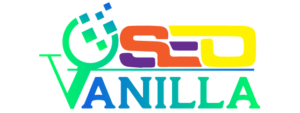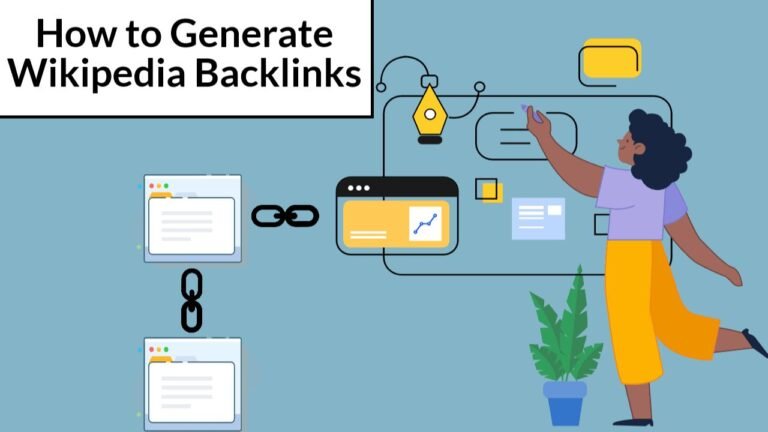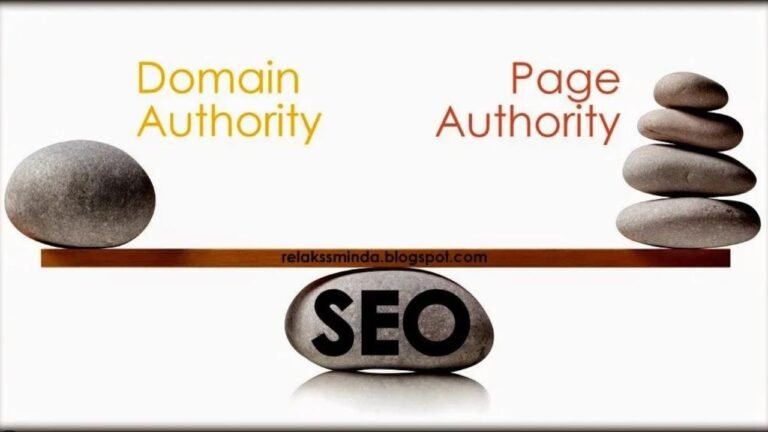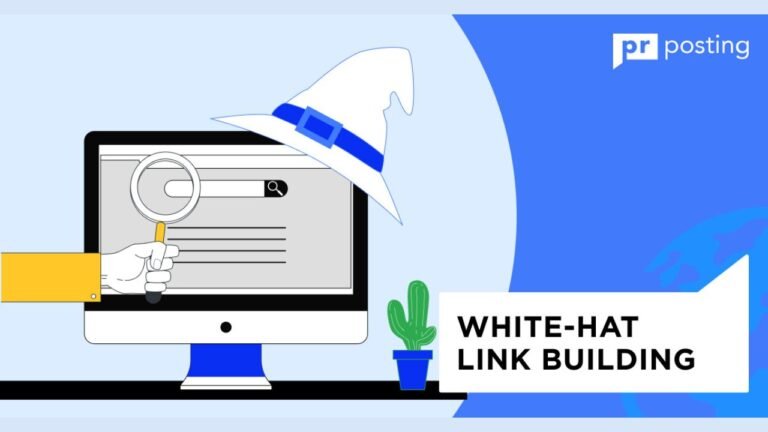Why You Should Homeschool Young Children tailored to your child’s learning style. It fosters close family bonds and provides a safe, flexible learning environment. It encourages curiosity, critical thinking, and adaptability while avoiding negative school influences. Resources and support are available for homeschooling families.
Finding Homeschooling
Homeschooling is an educational approach where children learn at home, often under the guidance of their parents or tutors.
This method offers a variety of teaching styles and resources, allowing families to tailor the curriculum to the child’s needs and interests.
There are different approaches to homeschooling, ranging from structured curriculums that follow traditional educational systems to unschooling, where the child’s interests and pace guide learning.
Benefits of Homeschooling Young Children
Homeschooling offers numerous benefits for young children, including personalized education tailored to their unique learning styles and interests. It fosters close family bonds through daily interactions and provides a safe, comfortable learning environment.
Flexible scheduling allows for a customized pace of learning, promoting deeper understanding. Homeschooling encourages critical thinking, creativity, and a love for learning by focusing on each child’s passions and strengths.
It also shields children from negative influences such as bullying and peer pressure. Overall, homeschooling provides a nurturing and enriching educational experience for young children, supporting their growth and development.
Customization of the Learning Experience
One of the biggest advantages of homeschooling is the ability to customize the learning experience for each child.
Whether your child learns best through hands-on activities, visual aids, or auditory methods, you can tailor the curriculum to suit their unique learning style.
Closer Family Bonds
Homeschooling allows for more family time, fostering a closer bond between parents and children. The time spent learning together strengthens relationships and creates a supportive learning environment.
Flexible Scheduling and Pacing
Homeschooling offers the flexibility to set your schedule and pace. Whether you’re an early riser or a night owl, you can create a routine that works best for your family.
This flexibility also extends to the pace of learning, allowing children to spend more time on challenging subjects and move quickly through material they grasp easily.
Safe and Comfortable Learning Environment
Learning from home provides a safe and comfortable environment for children. They are less exposed to potential negative influences such as bullying, peer pressure, and other issues often found in traditional school settings.
Educational Advantages
Homeschooling offers significant educational advantages for young children. It provides individualized learning tailored to each child’s pace and needs, ensuring a deeper understanding of subjects.
By focusing on passions and interests, homeschooling keeps children engaged and motivated. This method fosters creativity and critical thinking through open-ended questions and projects.
Children can explore their ideas and develop problem-solving skills in a supportive, personalized environment. Additionally, homeschooling encourages a lifelong love for learning by nurturing curiosity and adaptability, allowing children to pursue their interests and build resilience as they navigate the world around them.
Individualized Learning
You can adapt lessons to your child’s specific needs and abilities. This individualized approach helps children progress at their own pace, which can lead to a deeper understanding of the material.
Enhanced Focus on Passion and Interests
Homeschooling provides the opportunity to focus on your child’s passions and interests. Whether your child loves science experiments, art, or music, you can integrate these interests into the curriculum to keep them engaged and motivated.
Fostering Creativity and Critical Thinking
Homeschooling encourages children to think critically and creatively. With more opportunities for open-ended questions and projects, children can explore their ideas and develop problem-solving skills.
Social Development in Homeschooling

Homeschooling provides ample opportunities for social development, contrary to the common myth that homeschooled children lack social skills. Families often engage in community events, sports teams, and clubs, allowing children to interact with peers and individuals of various ages.
These experiences help children build strong communication skills and meaningful relationships. Homeschooling also allows for tailored social experiences, such as joining co-ops or participating in field trips.
This variety of interactions can lead to well-rounded social skills and a broader perspective. Ultimately, homeschooling fosters a supportive environment for children to thrive socially while growing academically.
Myth-busting: Homeschoolers and Social Skills
A common misconception is that homeschooled children lack social skills. In reality, homeschoolers often engage in a variety of social activities, from community events to sports teams and clubs. They learn how to interact with people of all ages, not just their peers.
Opportunities for Social Interaction
Homeschooling families often seek out social opportunities through co-ops, field trips, and community programs. These experiences allow children to develop strong communication and interpersonal skills.
Building Meaningful Relationships
Homeschooling can foster meaningful relationships with mentors, tutors, and peers in various settings. This variety in social interactions can be more beneficial than the limited interactions found in a traditional classroom.
Parent-Child Bonding
Parent-child bonding is the foundation of a healthy family relationship and emotional development. This connection is established through quality time spent together, active listening, and open communication.
Engaging in activities such as reading, playing, and cooking can strengthen the bond and create lasting memories. Providing a safe and supportive environment allows children to feel secure and loved.
Setting aside dedicated time each day for meaningful interaction builds trust and deepens the connection.
This bond influences a child’s confidence, resilience, and overall well-being, shaping their future relationships and success in life. Prioritizing parent-child bonding leads to a harmonious and nurturing home.
Strengthening the Family Unit
Homeschooling strengthens the family unit by creating more time for meaningful interactions between parents and children.
Shared learning experiences deepen bonds, foster trust, and encourage open communication.
This close-knit environment provides a strong foundation for a child’s emotional and intellectual development.
Parents’ Active Involvement in the Child’s Development
As a homeschooling parent, you play an active role in your child’s development. From choosing the curriculum to guiding lessons and activities, you have a direct impact on their education and growth.
Tailored Curriculum and Teaching Methods
Homeschooling provides the opportunity to tailor the curriculum and teaching methods to your child’s unique learning style and interests. Whether they are visual, auditory, or kinesthetic learners, you can customize your approach for optimal understanding and engagement.
Integrating your child’s passions into the curriculum fosters a love for learning and keeps them motivated. This personalized teaching method can lead to greater success and satisfaction in education.
By focusing on your child’s strengths and preferences, you create a supportive and effective learning environment that encourages exploration, critical thinking, and long-term academic achievement.
Adapting to the Child’s Learning Style
Homeschooling allows you to adapt your teaching methods to your child’s learning style. Whether they are a visual, auditory, or kinesthetic learner, you can adjust your approach to maximize their understanding and enjoyment of the material.
Integrating Unique Interests and Learning Goals
Why You Should Homeschool Young Children, With homeschooling, you can integrate your child’s unique interests and learning goals into their education. This keeps them engaged and excited about learning.
Avoiding Negative School Environments
Avoiding negative school environments is one of the key benefits of homeschooling. In traditional schools, children can encounter bullying, peer pressure, and exposure to inappropriate content.
Homeschooling offers a safe, supportive space for learning, shielding your child from these negative influences.
By homeschooling, you can tailor your child’s education to prioritize their well-being and personal development. You control the curriculum, ensuring it aligns with your values and your child’s needs.
This approach fosters a nurturing environment where children can thrive academically and emotionally, free from the distractions and challenges of negative school settings.
Managing Bullying and Peer Pressure
Why You Should Homeschool Young Children, Traditional school environments can sometimes be breeding grounds for bullying and peer pressure. Homeschooling can help shield your child from these negative influences, providing a safe space for learning.
Avoiding Exposure to Inappropriate Content
Homeschooling helps avoid exposure to inappropriate content by allowing parents to control educational materials and activities. This ensures children only engage with suitable and constructive content, protecting them from harmful influences often encountered in traditional school settings.
Cultivating a Lifelong Love for Learning
Cultivating a lifelong love for learning starts with nurturing curiosity and encouraging exploration from a young age. Allowing children to follow their interests leads to deeper engagement and enthusiasm for knowledge.
Homeschooling plays a key role by providing a flexible learning environment where children can pursue their passions. This personalized approach promotes creativity and resilience, empowering kids to adapt to new challenges and embrace continuous growth.
Offering diverse experiences, such as field trips and interactive projects, enhances their learning journey. By fostering a supportive atmosphere and embracing a child’s unique learning style, parents can instill a love for learning that lasts a lifetime.
Encouraging Curiosity and Exploration
Why You Should Homeschool Young Children, Homeschooling nurtures a child’s curiosity and encourages them to explore the world around them. With the freedom to pursue their interests, children often develop a lifelong love for learning.
Teaching Adaptability and Resilience
Teaching adaptability and resilience helps children handle change and challenges effectively. Encouraging open-mindedness, problem-solving, and persistence builds these traits. Providing opportunities for children to face new situations, learn from mistakes, and embrace flexibility prepares them for a rapidly changing world.
Cost Considerations
Homeschooling can be a cost-effective alternative to private schooling. While there are initial expenses for curriculum materials and resources, these often cost less than private school tuition.
Families can budget for educational supplies and extracurricular activities, such as field trips and clubs, to create a rich learning experience. Financial planning and careful resource selection can help manage costs.
Additionally, many free or affordable online resources are available to support homeschooling. By balancing expenses and utilizing available options, homeschooling can provide quality education without the high costs of private schooling.
Cost-effectiveness Compared to Private Schooling
Why You Should Homeschool Young Children, Homeschooling can be more cost-effective than private schooling. While there are initial expenses for resources and materials, it often pales in comparison to private school tuition.
Financial Planning for Homeschooling
Financial planning for homeschooling involves budgeting for resources like curriculum materials, extracurricular activities, and field trips. It can be cost-effective compared to private schooling. Consider free online resources and local support groups to help manage expenses and maximize educational opportunities.
Legal and Practical Considerations
When homeschooling, understanding the legal and practical considerations is crucial. Each region may have specific laws regarding record-keeping, testing, and curriculum requirements.
It’s essential to research and comply with local regulations to ensure your child’s education meets legal standards. Practically, keep thorough records of your child’s progress and grades.
Utilize available resources such as homeschool support groups and online communities for advice and connections. Joining co-ops or groups can also provide opportunities for social interaction and additional educational support.
Planning your schedule, including time for breaks and activities, can help balance your roles as a parent and educator.
Local Homeschooling Laws and Requirements
Why You Should Homeschool Young Children, Before starting your homeschooling journey, it’s essential to understand the local laws and regulations. This may include notifying your local education authority and keeping records of your child’s progress.
Resources and Support for Homeschooling Families
Why You Should Homeschool Young Children, There are many resources available for homeschooling families, from online communities to local support groups. These can provide valuable advice, resources, and connections.
Test and How to Overcome Them
Test and How to Overcome Them” refers to the challenges we face in various aspects of life, including academics, work, and personal growth. Overcoming these tests involves preparation, adaptability, and resilience.
Strategies like setting clear goals, staying organized, and practicing self-care can help manage stress and boost performance. Seeking support from mentors or peers and learning from past experiences can provide valuable insights.
Staying positive and keeping a growth mindset enable us to navigate and conquer life’s tests, turning them into opportunities for learning and development.
Balancing Roles as a Parent and Educator
Why You Should Homeschool Young Children, Balancing roles as a parent and educator in homeschooling requires clear boundaries, time management, and patience. Parents must separate personal and teaching roles, set structured schedules, and prioritize self-care. Seeking external resources and support can help alleviate stress and enhance the homeschooling experience.
Finding External Resources and Support
Why You Should Homeschool Young Children, Finding external resources and support for homeschooling includes connecting with local homeschool groups, online communities, and educational co-ops.
These networks offer valuable advice, curriculum recommendations, and social opportunities. Utilizing resources like tutors, online courses, and educational workshops can enhance your child’s learning experience.
Myths and Misconceptions
Homeschooling often faces myths and misconceptions. Some believe homeschooled children lack social skills, but in reality, they engage in various community activities, clubs, and sports, fostering diverse interactions.
Others fear inadequate education, yet homeschooled students frequently excel academically with personalized learning. Concerns about parental qualifications are also misplaced, as many resources and support networks exist for homeschooling families.
Finally, some worry about isolation, but homeschooling allows for close family bonds while also providing opportunities for meaningful relationships with mentors and peers. Addressing these misconceptions can help parents make informed decisions about homeschooling.
Addressing Misconceptions About Homeschooling
Why You Should Homeschool Young Children, Many misconceptions surround homeschooling, from concerns about socialization to the quality of education. It’s important to seek out accurate information and talk to other homeschooling families for insights.
Presenting Data and Experiences from Homeschooling Families
Why You Should Homeschool Young Children, Data and experiences from other homeschooling families can provide valuable insights into the reality of homeschooling. Talking to others who have chosen this path can help dispel any fears or doubts you may have.
Conclusion
Homeschooling young children can be a rewarding experience for the whole family. It offers the opportunity to customize education, strengthen family bonds, and create a safe and nurturing learning environment. While it does come with challenges, the benefits far outweigh the drawbacks for many families. If you’re considering homeschooling your young child,
FAQ
How Much Does Homeschooling Cost in the UK?
Homeschooling can range in cost from £1,000 to £8,000 per year, depending on the required materials and resources. Costs may increase if parents hire tutors or use online classes. Expenses also include books, stationery, and equipment for learning.
Do Universities Accept Homeschooled Students in the UK?
Nearly all UK universities, including prestigious Oxbridge and Russell Group institutions, admit homeschooled students annually. While traditional paths with formal qualifications like AS and A Levels may simplify university admission, homeschooled students can also gain acceptance with the right preparation.
What are the Disadvantages of Homeschooling in the Philippines?
However, there are also drawbacks to homeschooling. One study found that the homeschooling setup in the Philippines may weaken students’ ability to learn to live together in a diverse society. Furthermore, homeschooling may limit social interaction and opportunities for peer learning that traditional schools provide.
Does Oxford Accept Homeschoolers?
Does Oxford accept home-educated students? Yes, Oxford University welcomes applications from home-educated students. Your child will still need to meet our entrance requirements for their application to be considered, and so they would need to be taking A-levels or another accepted equivalent.
Who Invented Homework?
Italian pedagog Roberto Nevilis was believed to have invented homework in 1905 to help his students foster productive studying habits outside of school. However, we’ll find out that the concept of homework has been around for much longer.




























